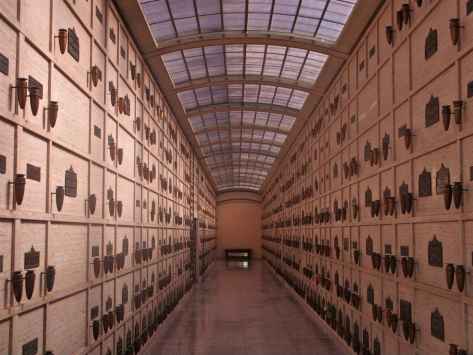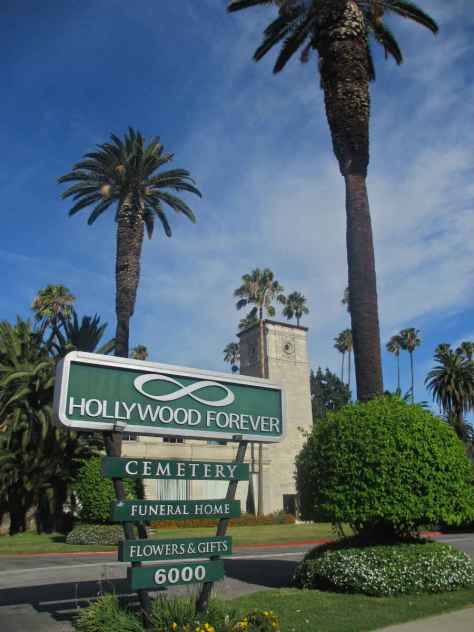Click on photos to enlarge.
Vladimir Sokoloff (1889-1962) was still another of those Moscow Art Theater comets that landed in Hollywood in the 1920s and 1930s. He may never have been a big star, but he was highly respected, memorable in every one of his roles – no matter how bad the film – and he was always in demand among directors and producers looking for a good actor. He performed in over 115 films from the beginning of his career in Germany on through his last – Taras Bulba with Yul Brynner (another Russian-born Hollywood denizen) – in the last year of his life.
Vladimir Sokoloff was born Vladimir Sokolov in Moscow a few months after my maternal grandmother was born in Avon, IL, in the U.S. There’s no connection whatsoever; I just like taking advantage of any opportunity to remember my wonderful grandmother. Sokolov studied at Moscow University – several sources say his chosen fields of study were literature and philosophy. But he had the acting bug and he next studied with Konstantin Stanislavsky at the Moscow Art Theater, where he was admitted to the company in 1913. He jumped ship to Alexander Tairov’s Chamber Theater around 1920 and was one of the ensemble who accompanied that theater on a tour to Germany in 1923. He caught the eye of the great German director Max Reinhardt, who offered him work in Germany. Seeing as how things were chaotic and uncertain in Russia, Sokolov took up the offer. This is when he became Wladimir Sokoloff. The first name would revert to Vladimir when he moved to the States 15 years later, but the spelling of Sokoloff stuck with him for the rest of his life. He spent ten years in Germany performing often on stage and on screen, then spent another five in France, where he performed in Jean Renoir’s film of Maxim Gorky’s play The Lower Depths (1932). Presumably sensing the onset of madness and mayhem, Sokoloff made the leap to the United States in 1937. He quickly found work both in New York theatre and in Hollywood films, easily filling in the “ethnic niche” in dozens of films. He once said that he played characters of at least 35 different nationalities over the course of his Hollywood career. The Movie Morlocks website discusses this topic concisely:
“Of course, in an era when native people were rarely cast as Asian, Native Americans, Mexican or any other nationality that might have seemed logical due to conventions of the period, Sokoloff‘s busy work life might seem unfair in retrospect, but he was a gifted man, who imbued these shorthand characters with a humane weight that few others could have conjured up for the often sketchily written roles. By his own estimate, Vladimir Sokoloff believed that he had played at least 35 different nationalities, with particular emphasis on Spanish characters (Juarez, The Baron of Arizona, The Magnificent Seven) and a few Russian types such as a remarkably benign Mikhail Kalinin, one of Stalin’s closest allies in the notoriously (and later controversial) sympathetic Mission to Moscow (1943). You may have seen him as an Asian drug smuggler in Macao (1952-Josef von Sternberg), a French gardener in Till We Meet Again (1944-Frank Borzage), a sagacious inmate in Passage to Marseille (1944-Michael Curtiz), an Italian physicist in Cloak and Dagger (1946-Fritz Lang), a violent radical leader in The Real Glory (1939-Henry Hathaway) and an Old Man in Mexico whose quiet dignity and faith in The Magnificent Seven (1960-John Sturges) galvanizes the mercenaries to help his village.”
Sokoloff is interred in a crypt in the Sanctuary of Light section of the Hollywood Forever cemetery at 6000 Santa Monica Boulevard. I have written about several other Russian transplants to Hollywood who now lay – eternally? – here in this huge city block. If you’re interested in finding this specific place, you enter the grounds, hang right at the first opportunity, then go left at the next opportunity. You will then come upon a lovely Arabic-looking vision as you see in the third photo below. From there the Sanctuary of Light hall is the second one on your left. Sokoloff and his wife Elizabeth (1895-1948) are about 2/3 of the way up the wall about 2/3 of the way back on the right.
Sokoloff maintained a healthy sense of humor as far as his professional origins were concerned. A nice little interview article called “Hollywood Glances!” published in the Miami Daily News-Herald on April 20, 1960, offers a few glimpses into Sokoloff’s own attitude to himself, his work and his teacher, Stanislavsky, who, the actor admitted (chuckling, it’s necessary to add), “tortured” him “personally.”
“To hell,” he said, “with ALL the acting theories, including the Stanislavsky method. Before he died in 1938, Stanislavsky himself told me: ‘Adapt and adjust, Vladimir. No longer accept my method letter for letter. The world is changing. Acting is changing and it will change even more.”
The interview, conducted by Erskine Johnson, circles around this topic some more and I think it’s worth bringing it back out of obscurity here.
“Today, playing the Wise Old Man of a sleepy Mexican village in The Magnificent Seven, on location near here, Vladimir shudders at the world’s dramatic coaches applying the Stanislavsky acting method ‘so blindly.’
‘It is foolish,’ he told me, his eyes bright and clear, ‘to use the same recipes of 50 years ago. You can’t play the same part as you played it 50 years ago.’
‘Audiences are different; countries are different; the world is different. All life is different. If he were alive today, Stanislavsky would be different with his method, too.’
What is Sokoloff’s method now?
‘I have learned,’ he said quietly, ‘to work by my five senses alone. It is not difficult to pretend one is eating hot soup. Yet when I appeared off Broadway not long ago in Power of Darkness, one critic said’:
‘To watch Vladimir Sokoloff eat hot soup is a revelation.’
‘I laughed. What is so difficult about it? It is just the touch, the taste, the feel. Acting is as simple as that. The five senses. If you have any talent, there is little need to study any method.'”
I’d like to see some of Sokoloff’s wisdom printed alongside the reams of reverence that get published in the Stanislvasky System industry. It might put a little perspective back into things.









